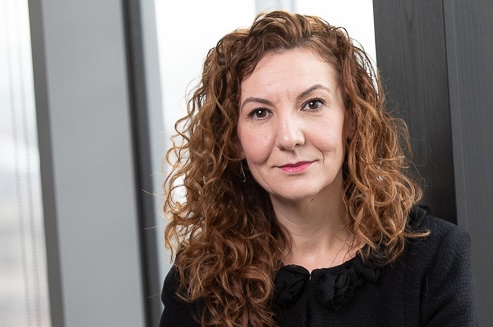What EY Romania has to say after two weeks of VAT split
October 18 2017
The VAT split payment system is an absolute novelty for Romanian fiscal practice and, as expected in this early period, there are still things to improve, according to EY, one of the largest consulting companies in Romania, which after two weeks of optional application of this system, identified the first basic issues.
Here are the main problems, according to Alex Milcev, Partner, Head of the Tax and Legal Assistance Department, EY Romania:
Adaptation of IT systems and payment processes takes time
Adapting to the requirements of the split VAT payment system increases the working time of the financial department, depending on the complexity of operations. Until the end of the transition period, the application of the system requires much extra work and may increase the risk of error (this risk is directly proportional to the number of payments and receipts). For example, bills received from suppliers who apply the split VAT payment are currently being drawn and paid manually. Errors are harshly penalized, so much attention is needed.
The Treasury is not ready, there is a need for improvements and online banking
Transactions through the Treasury account require physical presence at the Treasury's offices as promised online features are not available, the EY specialist remarks.
"Our colleagues witnessed surprising situations while waiting in line at the treasury's offices (instead of solving everything online in 5 minutes): no bank statements could be issued, a cash deposit could not be accepted by a taxpayer. The invoked reason was similar to that invoked by taxpayers: Treasuries are not prepared," explains the EY representative.
"Our colleagues witnessed surprising situations while waiting in line at the treasury's offices (instead of solving everything online in 5 minutes): no bank statements could be issued, a cash deposit could not be accepted by a taxpayer. The invoked reason was similar to that invoked by taxpayers: Treasuries are not prepared," explains the EY representative.
Withdrawing money from the VAT account
Amounts available in the VAT account have limited use. Moreover, the procedure for withdrawing these amounts in the current account was adopted this week.
"We have not been able to test compliance with the 3 working days deadline for approving the transfer of amounts from the VAT account to the current account. For taxpayers wishing to pay their debts without VAT (such as credits, invoices received from external suppliers without VAT), the amounts in the VAT account are unavailable. Thus, in the case of taxpayers with limited financial resources, it may be necessary to access a credit line, attracting additional costs," explains Alex Milcev, concluding that a thorough analysis of cash flows is required prior to the application of the split VAT payment.
As a result of this analysis, additional financing costs or lack of liquidity can be anticipated.
At least some of the banks are prepared
On the other hand, EY specialists were pleasantly surprised to receive a bank notice of insufficient funds in the VAT account, accompanied by instructions on how to feed it with the amounts available in the current account.
"The VAT split payment system is far from perfect, but is currently in place. There are discussions to modify it, for enforcement purposes only for companies that are insolvent, bankrupt or with a "incoherent fiscal history". EY Romania supports the abolition of the mandatory application of the VAT split payment or the implementation of alternative measures: postponement of the obligation to pay split VAT by 1 January 2019 or optional application in a simplified form. However, the decision to improve the current system should be taken as soon as possible to allow taxpayers to adapt to the new rules," Alex Milcev concluded.
Financial - Latest news






